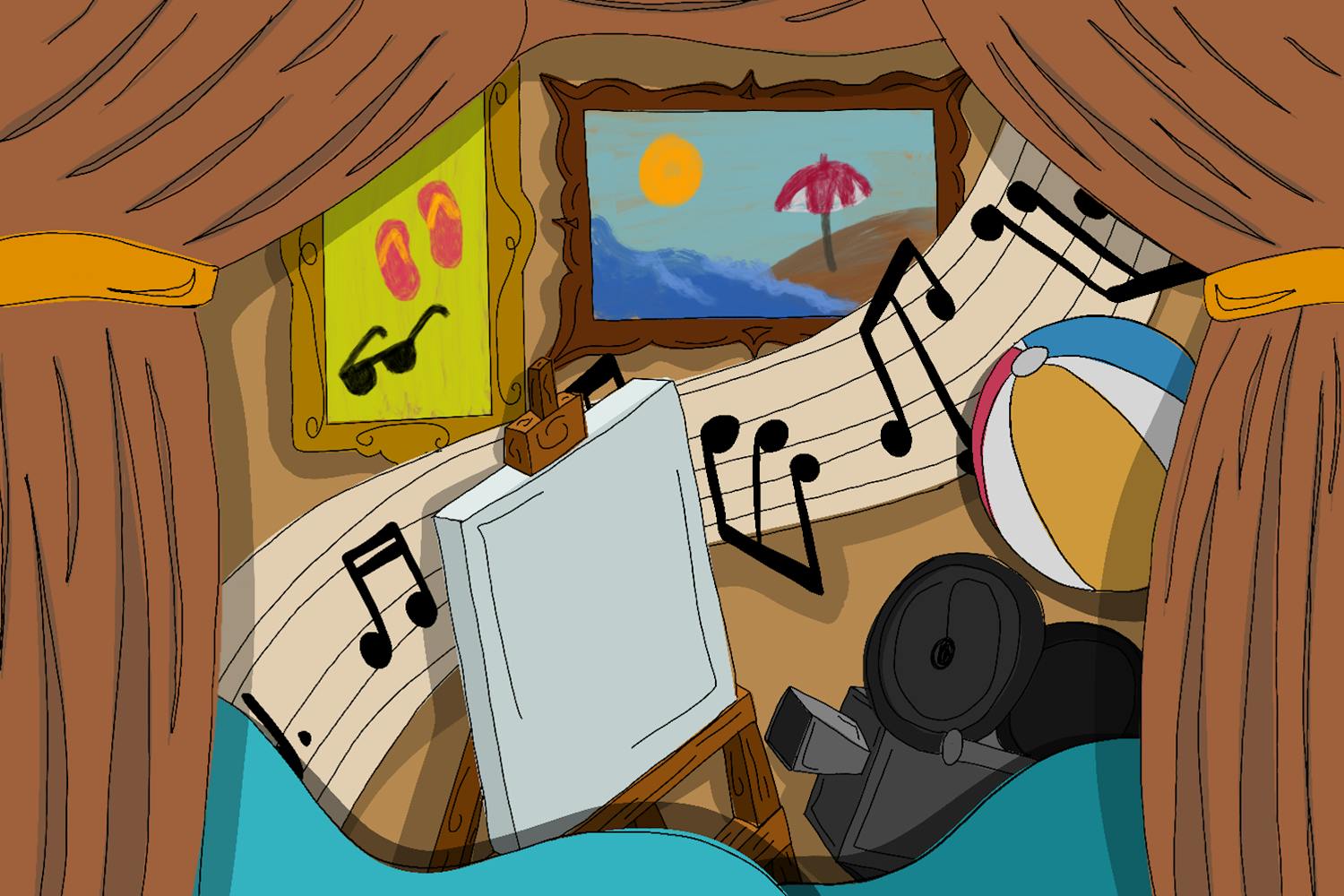A dedicated team of ASU students, as part of the ASCEND program, embarked on a groundbreaking journey with the launch of their weather balloon project.
The project, which launched two separate balloons, was funded by NASA as the Nationwide Eclipse Ballooning Project, but entirely student-led, with the help of staff mentors from participating universities in Arizona, Texas, and Montana and other states.
"This is a student-led (project), so it's the students learning everything that it takes to launch a high-altitude scientific balloon," said Ricardo Ontiveros, a student studying electrical engineering and member of ASCEND.
The initiative is not just about reaching the edge of space, but ensuring that students actively participate in every facet of the project.
Designed to get students into ballooning, ASCEND's focus goes beyond the thrill of the launch, even including high school students in the whole length of the process.
"The idea for this was more to get schools into ballooning. We already had experience," said Thomas Sharp, a professor in the School of Earth and Space Exploration and a mentor for ASCEND.
Inclusion goes beyond separate schools, however; including interdisciplinary students from the same university is also beneficial.
"I presented this idea to Dr. Sharp … (and suggested we) have a diverse team, first and foremost. Let's recruit members from different ASU students' clubs," said Jacqueline Do, team lead of the Arizona arm of the Nationwide Eclipse Ballooning Project and a sophomore studying electrical engineering.
The program's evolution from a mentorship initiative to a full-fledged, interstate project highlights the program's unique collaborative position. The uniqueness of the ASCEND program lies in students being involved in every aspect of the launch, offering a comprehensive learning experience.
"This is a chance for the students to really learn to do everything," Sharp said.
From engineering teams to atmospheric teams, students engage in multifaceted roles, ensuring a well-rounded learning experience. To ensure effective leadership and collaboration within the project, a carefully designed course was created for the ASU students involved.
"We created a course here at ASU," said Do "(Sharp is) the main primary lead on it, but I created a schedule for the new team members to follow through, like what modules we need to review over."
The learning journey extends beyond traditional coursework, however.
"I was a mentor for a year, and I taught students how to develop a mission concept and how to write the limited design review," said Do.
The emphasis on practical skills, risk management and responsibilities forms the core of the educational experience. Additionally, the hands-on aspect of the project teaches things that the classroom cannot, according to Do, such as the iterative improvement process.
"Then you don't have to make as many mistakes and … fail as much in the near future," Do said.
At the culmination of the process, the ASCEND program elevates students' experiences to the edge of space, where the sky turns black, revealing breathtaking images of the Earth when photos are captured.
"In the ASCEND program, our students build the payload (the balloon), and we bring it to a group that launches them for us," Sharp said.
As part of the NASA Eclipse Ballooning Project, ASCEND's efforts researched atmospheric effects during solar eclipses, and so the launch window had to be carefully calculated.
"We have a very good window (of time) of approximately an hour during the eclipse," said Ontiveros. "We want our payloads to be around 60,000 feet or more when the eclipse is at its maximum."
The culmination of meticulous planning and collaborative efforts ultimately resulted in a successful launch on Oct. 14 during the solar eclipse.
The universities and high school students came together for the launch, bringing small payloads to send to the edge of space from the ground in New Mexico.
"Everything worked, I could say as expected … there was only one (mistake) where the first balloon was underfilled," said Do.
This required only a minor adjustment in tracking the landing site, which was yet another exercise in the way real-world research is conducted.
The research goal for the ASCEND team was the study of gravity waves during the eclipse, which monitors the larger effects of momentum across the atmosphere. While the data has not yet been processed, the group is hoping to determine whether gravity waves differ during an eclipse.
The ASCEND team is also preparing for the next balloon launch during the total solar eclipse on April 8, 2024 in Texas.
The ASCEND balloon launch by the ASU team stands not only as a testament to scientific exploration but also as an exemplary model of hands-on, student-led education. The project's multifaceted goals, commitment to diversity and emphasis on comprehensive learning experiences position ASCEND as a unique and impactful initiative within the realm of high-altitude science.
Edited by River Graziano, Jasmine Kabiri and Grace Copperthite.
Reach the reporter at dmanatou@asu.edu.
Like The State Press on Facebook and follow @statepress on X.
Dimitra is a junior studying biomedical engineering and physics. This is her second semester with The State Press. She has also worked as a research assistant in Kirian Lab.




